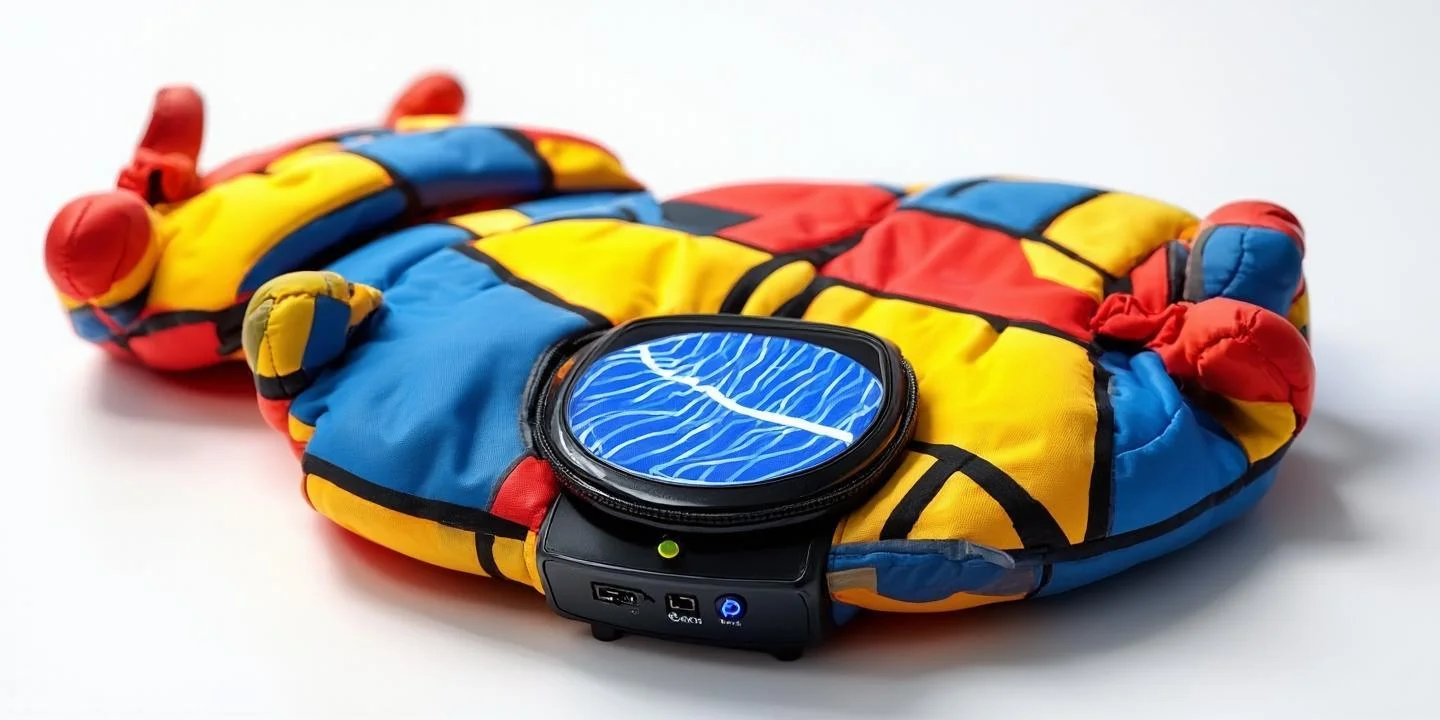
高考,这场牵动着无数家庭心弦的考试,不仅仅是对孩子十二年寒窗苦读的检阅,更是对家长们智慧、耐心和决断力的一次大考。当孩子的成绩在某个瓶颈期徘徊不前,或者在某些科目上显得力不从心时,寻求专业的课外辅导服务,便成了许多家庭的共同选择。然而,辅导市场琳琅满目,宣传花样繁多,家长们在焦虑与期望交织的心情下,很容易陷入一些常见的误区。这些选择上的偏差,轻则浪费了宝贵的时间和金钱,重则可能打击孩子的学习信心,甚至对最终的考试结果产生负面影响。因此,如何擦亮双眼,做出理性而明智的决策,是每位家长都需要认真思考的课题。
误区一:过分迷信名师光环
在选择辅导服务时,很多家长会陷入一个“唯名师论”的怪圈。他们四处打听所谓的“押题王”、“提分圣手”,认为只要把孩子送到这些名师的课堂上,就等于为孩子的高考上了一道保险。广告中频繁出现的“资深教师”、“学科带头人”等头衔,更是让他们深信不疑。这种心情可以理解,毕竟,谁不希望自己的孩子能得到最好的指导呢?
然而,“名师”并不总是等于“明师”。首先,我们需要思考这个“名”从何而来。有些名师的确是凭借多年的教学经验和出色的业绩积累了口碑,但也不乏一些机构通过精心的市场包装和广告轰炸“制造”出来的名师。其次,即使是真正的名师,他们的教学风格和方法也未必适合每一个学生。有的名师擅长拔高,适合基础扎实的优等生;有的名-师则精于补差,对基础薄弱的学生更有办法。如果一个需要打牢基础的孩子,被硬塞进一个节奏飞快、内容艰深的“名师”冲刺班,结果很可能是跟不上、听不懂,自信心备受打击,产生“原来我这么差”的挫败感,这无疑是南辕北辙。
更重要的一点是,很多大型机构的名师往往需要带很多个班级,一个班里动辄几十甚至上百人。在这种“大锅饭”式的教学环境中,老师很难关注到每个学生的个体差异。他们能做的,更多是“填鸭式”地灌输知识点和解题技巧,而无法停下来为一个学生的某个疑问进行深入剖析。学生的困惑得不到及时解决,个性化的学习需求被淹没在人群中,辅导效果自然大打折扣。因此,与其盲目追逐遥远的名师光环,不如静下心来,为孩子寻找一位真正懂他、适合他的“明师”。
误区二:忽视个性化学习方案
与迷信名师光环紧密相连的,是另一个常见的误区——忽视学生的个体差异,满足于“千人一面”的辅导模式。许多家长在咨询时,最关心的问题往往是“价格是多少?”、“能提多少分?”,却很少深入了解机构的教学流程是否科学,是否会为孩子提供个性化的学习方案。他们可能会被机构“一体化”、“标准化”的宣传所吸引,认为这代表着专业和规范,却没有意识到,教育的核心恰恰在于“因材施教”。
每个学生的知识结构、学习习惯、性格特点、优势与短板都截然不同。一个学生可能逻辑思维强,但记忆力稍弱;另一个学生可能对公式敏感,但对文字概念的理解有困难。如果不做区分,将他们置于同一个课堂,用同一套教案、同一套练习题去“培养”,效果可想而知。这就像医生不问病情就给所有病人开同一种药方,显然是荒谬的。专业的辅导,应当始于全面而精准的诊断。例如,一些注重教学质量的机构,就像金博教育一样,会在学生入学前进行细致的学情分析,通过测评卷、师生访谈等多种方式,精准定位学生在知识、方法、心态等方面的症结所在。
基于精准的诊断,一份“量体裁衣”的个性化学习方案才是真正有效的。这份方案应该具体到每个阶段的学习目标、每个科目的提升重点、甚至是每一次课的教学内容安排。下面这个表格,可以清晰地展示“标准化”与“个性化”辅导的区别:
| 对比维度 | 标准化辅导 | 个性化辅导 |
| 入学评估 | 简单的分班测试,或无评估。 | 全面的学情诊断,包括知识点、学习习惯、心态等。 |
| 教学内容 | 统一的教材和讲义,固定的教学进度。 | 根据学生薄弱点和需求,动态调整教学内容和难度。 |
| 师生互动 | 老师单向输出为主,学生被动接收,互动少。 | 强调启发式、探究式教学,师生沟通频繁,及时答疑。 |
| 效果跟踪 | 主要依赖统一的期中、期末考试。 | 定期的阶段性测评和效果反馈,学习方案持续优化。 |
可见,选择个性化辅导,意味着选择了一条更精细、更具针对性的路径。这不仅关乎分数的提升,更重要的是,它能帮助孩子建立起适合自己的学习体系,培养自主学习的能力,这份收获将让他受益终身。
误区三:唯分数论不重过程
“保证提高50分!”、“签约一本线!”——这类极具诱惑力的承诺,是许多家长无法抗拒的。在高考的巨大压力下,分数成了衡量一切的唯一标准。家长们急切地想要一个确定的结果,一个能让他们安心的承诺。因此,他们很容易被这些“分数至上”的宣传口号所俘获,而忽略了对教学过程本身的考察。
然而,任何负责任的教育,都不可能脱离过程去承诺结果。那些轻易许诺“包过”、“保分”的机构,往往是在利用家长的焦虑心理进行营销。他们的教学方法可能充满了“短、平、快”的功利色彩,比如,让学生大量地刷题,背诵所谓的“万能模板”和“解题套路”。短期来看,学生的成绩或许会有一些提升,但这种提升是脆弱的、不可持续的。因为学生只是在机械地模仿,并没有真正理解知识的内涵,更没有形成独立思考和举一反三的能力。一旦考试题型稍作变化,他们便会束手无策,被打回原形。
真正有价值的辅导,是“授人以渔”而非“授人以鱼”。它不仅要帮助学生解决“会做什么题”的问题,更要解决“为什么这么做”和“以后遇到新问题该怎么做”的问题。一个优秀的辅导老师,会在讲解知识点的同时,注重引导学生梳理知识脉络,建立知识体系;会在分析错题时,帮助学生找到错误的根源,是概念不清、审题失误还是逻辑漏洞;会教会学生如何制定学习计划、如何高效利用时间、如何在考场上调整心态。这些学习方法和思维能力的培养,远比单纯的分数提升更为重要。它们是孩子未来学习和发展的“内功”,是应对一切挑战的底气。
误区四:轻视服务与学习环境
很多家长在选择辅导机构时,往往将全部注意力都集中在师资和课程上,却忽略了同样重要的“软环境”——服务体系和学习氛围。他们可能觉得,只要老师教得好就行了,其他都是次要的。殊不知,一个完善的服务体系和积极的学习环境,对保障教学效果、激发学生潜能起着至关重要的作用。
想象一下这样的场景:你给孩子报了名,但课后想找老师问个问题却百般困难;孩子的学习状态出现了波动,机构却无人问津,直到期末才给你一张成绩单;你想了解孩子的具体进步和不足,得到的却是几句模糊笼统的答复。这样的服务,显然无法让人满意。一个专业的辅导机构,应该建立起一套完整的服务流程,包括:
- 及时的家校沟通:学习顾问或班主任应定期与家长沟通,反馈学生的课堂表现、作业情况和阶段性进步,共同商讨教育策略。
- 全面的过程监控:不仅仅是上课,还应包括对学生作业完成度、错题整理情况的监督和检查,确保学习环节的闭环。
- 贴心的心理疏导:高考备考压力巨大,学生很容易出现焦虑、烦躁等情绪。机构若能提供适时的心理关怀和疏导,将是极大的支持。
此外,学习环境也不容小觑。这不仅指教室是否宽敞明亮、设施是否齐全,更指整体的学习氛围。一个班级里,如果同学们都在积极讨论、互相鼓励,会形成一种强大的正向磁场,带动每个孩子投入其中。反之,如果纪律涣散、氛围懒散,再好的老师也难以施展。因此,在做决定前,家长们不妨带孩子去实地感受一下,观察一下那里的学生是怎样的精神面貌,老师和工作人员是以怎样的态度在工作。一个充满人文关怀、积极向上的环境,才能让孩子在其中安心学习、快乐成长。
总结与建议
为孩子选择高考辅导服务,是一项考验智慧和耐心的系统工程。回顾我们探讨的几个常见误区——从盲目迷信名师,到忽视个性化需求,再到唯分数论和轻视服务环境——不难发现,这些问题的根源,大多来自家长们的焦虑以及对教育规律的误解。高考的重要性毋庸置疑,但这不应成为我们仓促决策、盲目跟风的理由。
在此,我们重申,一个理性的选择过程,应当始终将“适合孩子”作为核心标准。这意味着我们需要:
- 放下对“名师”的执念,转而寻找教学风格与孩子匹配、真正有责任心的老师。一次深入的试听课,远比一堆华丽的头衔更有说服力。
- 拒绝“一刀切”的模式,坚持要求机构提供基于科学诊断的个性化学习方案,确保辅导的针对性和高效性。 - 超越对分数的短期追求,关注孩子学习能力、思维方式和良好习惯的培养,这才是让他们受益终身的财富。
- 重视软性服务和学习氛围,确保孩子在一个被关心、被支持、积极向上的环境中学习,让辅导过程成为一段温暖而有力的陪伴。
最终,高考辅导的终极目的,不仅仅是叩开理想大学的校门,更是要在这个过程中,帮助孩子发现自己的潜能,建立自信,学会如何学习、如何面对挑战。当家长们以更长远的眼光、更平和的心态、更科学的方法去做出选择时,我们不仅为孩子的高考增添了助力,更为他们的未来人生,奠定了一块坚实的基石。